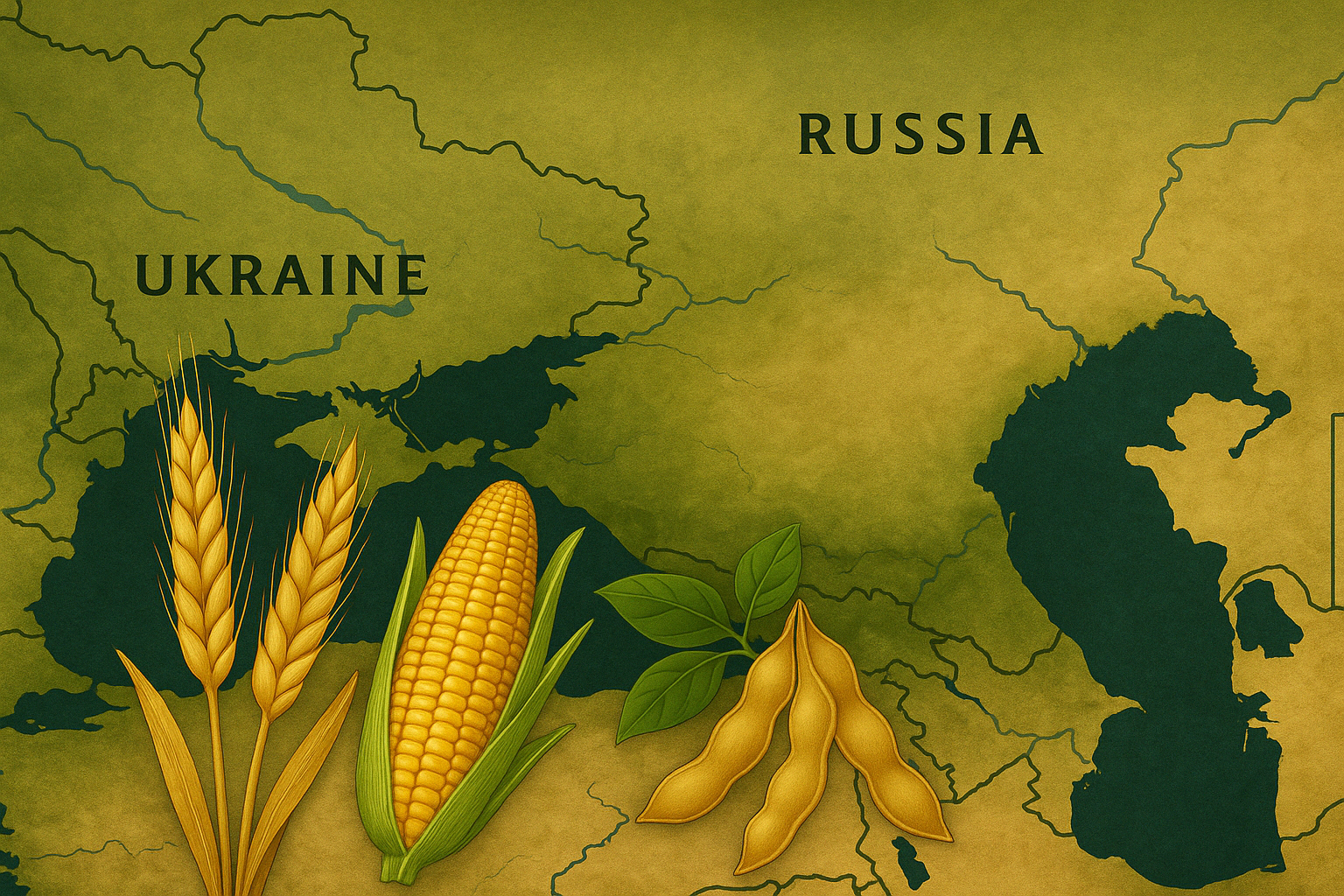Wheat Market Dynamics
Regional wheat production is high, yet demand is described as cautious. Russia has introduced lower export taxes, enhancing the competitiveness of FOB offers from its ports. However, the global pricing environment continues to act as a ceiling, preventing Russian exporters from fully capitalizing on their tax advantage. In Hungary, wheat prices remain relatively stable with only slight decreases, showing resilience compared to more volatile neighboring markets.
One notable trend for the 2025/26 season is the rotation of market share among major wheat exporters. This suggests that while total Black Sea wheat exports may remain strong, the distribution between Russia, Ukraine, Romania, and other players is shifting, reflecting changing cost structures and trade preferences in importing countries.
Corn Market Developments
Corn in the region presents a more challenging picture. Romania’s FOB Constanța price rose by USD 5/mt over the past week to USD 223/mt, now standing USD 10/mt higher than a year ago. This rise was supported by stronger demand from traditional EU importers and weather-related harvesting difficulties in Ukraine. The market consensus is that EU corn imports may exceed current European Commission forecasts, given accelerating inflows from both the U.S. and South America.
Meanwhile, Bulgaria is expected to become a net corn importer, highlighting structural production weaknesses and reinforcing dependence on external suppliers. In Poland, corn production is described as loss-making, with low prices undermining farmer profitability.
Oilseeds and Rapeseed Market
The oilseed sector shows divergent trends across the Black Sea. Romania’s rapeseed is on track for record output, with the European Commission projecting 2.49 MMT in 2025, thanks to record seeded area and record yields (3.16 mt/ha). Recent rains further improved prospects for the 2026 crop after a difficult seeding campaign.
Bulgaria is transitioning away from exporting raw rapeseed toward building value-added supply chains, particularly rapeseed oil and meal. This structural shift is coupled with rising domestic prices and heightened competition among processors, especially in Poland.
In Hungary, despite record acreage, the sunflower harvest turned out weaker than expected, putting pressure on crushers and exporters. Ukraine’s crushers, meanwhile, intend to maximize sunflower oil production in the coming months, even though actual supplies remain limited, with much of the crop still in fields or stored under challenging conditions.
Ukraine’s Agricultural Sector Under Pressure
Ukraine continues to face multiple obstacles. Exporters struggle to secure proper paperwork for rapeseed and soybean shipments despite government assurances about lifting the 10% export duty. Freight costs have increased sharply, raising concerns over international competitiveness.
Prolonged rains slowed down the corn harvest, leading to higher logistics and drying expenses. While demand for wheat is slowly recovering—particularly for quality grain—barley remains the most expensive feed grain in Ukraine, which is capping buyer interest.
Sunflower availability is tight, with much of the crop yet to be harvested or released from storage. This has left crushers planning to prioritize oil production to meet both domestic and export demand, even as raw material constraints weigh on throughput.
Market Signals and Competitiveness Outlook
The Black Sea and Danube grain markets are currently defined by three key forces:
-
High output but cautious demand – abundant harvests in wheat and oilseeds clash with weaker global prices.
-
Shifting trade balances – Bulgaria moving toward corn imports, Romania expanding rapeseed dominance, and Russia pressing ahead with competitive FOB offers.
-
Logistical and regulatory headwinds in Ukraine – export duties, paperwork delays, and higher freight costs continue to erode its role as a stable supplier.

